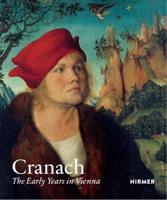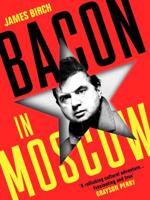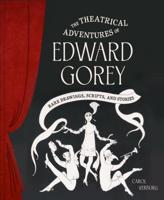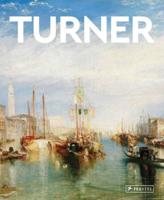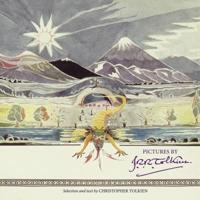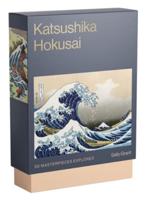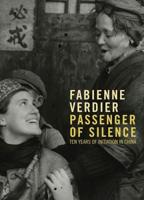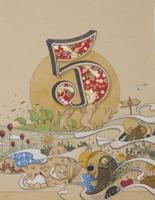Publisher's Synopsis
The paintings of the Belgian Surrealist René Magritte (1898-1967) have exerted an extraordinary fascination, particularly since the enormous increase in awareness and popularity of his work during the 1960s. Magritte shows us a world of silence and isolation in which familiar objects are altered or juxtaposed in 'impossible' combinations in order to create a sense of disorientation and the absurd. Many of his most memorable paintings date from his three prolific years 1927-30, when he lived near Paris and was in close touch with the writer André Breton and other French Surrealists.
In his pre-war painting, stylistic concerns were of secondary importance to Magritte, whose main interest was in ideas or propositions about the world; for example, many of his paintings explore the relation between objects and words or between the image of an object and the object itself. He deliberately cultivated a cold, unemotive, 'style-less' style. This quality renders the images of violence and macabre sexuality in some of his works all the more disturbing. His own 'impressionist' and vache (ugly, crude) pictures of the 1940s have been rediscovered in the last few years by a younger generation of painters and critics keenly responsive to the later work of other masters of parody and allusion such as Picabia and de Chirico.
Richard Calvocoressi's highly successful introduction to Magritte was first published in 1979 and revised and enlarged by the addition of notes to the colour plates and many black-and-white illustrations.


